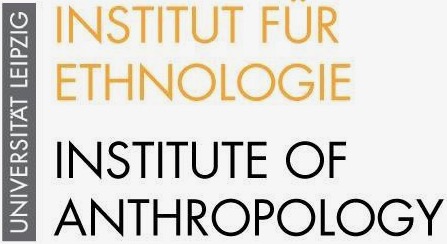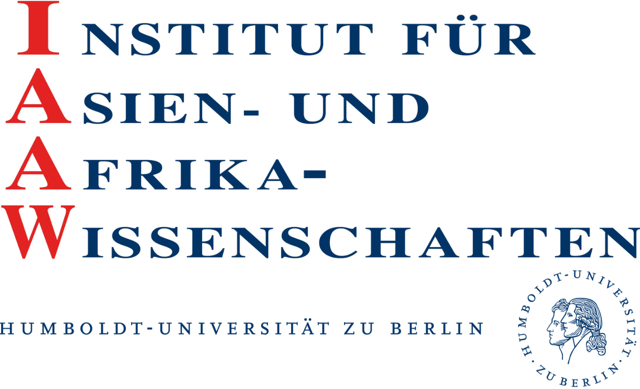

Nitrate Cities seeks to investigate urban transformations in South Asia through embodied spectatorial practices and identity politics around cinema. The project proposes to examine the way spectators alter their lived urban environment through peaceful as well as agitational activities. I invoke the nitrate materiality of celluloid, which once made film stock highly unstable and combustible, as a metaphor for local sensitivities that have existed for as long as filmmaking in the South Asian region. Liable to hurt and offense, these sensitivities are predominantly connected to religious beliefs, caste-class identities and historically constituted inter-community dynamics. Yet, at the same time cinema has spawned its own fan-communities, idiosyncratically soaking themselves in a collective leisure. The implications of film sensitivities mediated by intercommunity contestations and religion-based identification are immense both for film theory and South Asian studies, given that the region is the largest producer of films in the entire world.

Since the colonial period, the film spectator in South Asia has mostly been understood as an embodiment of one or the other ‘communal sentiments’ transposed by urbanisation, modernisation and technological advances. Constituting a politicised identity, “attached to its own exclusion” located in past injuries, these sentiments correspond to what political theorist Wendy Brown has identified as “wounded attachments” (Brown, 1993: 406). The cinema in this scheme plays a critical role - it is both a purveyor and an appropriator of these attachments and injuries, integrating structures of feeling on the level of the narrative as well as film publicity. Here the producers and script-writers who are not always part of the intellectual elite, imagine their audiences as religious and urbanising demographics. Foregrounding spectatorial exertion and material practices that shapes the urban space and experience, the project examines the ways in which stakeholders articulate a community through urban violence, judicial and extra-judicial activism, informal infrastructures and archival practices. Through a transregional comparative perspective, the project seeks to build on the new scholarship of “active audience” in the region (Srinivas, 2014), whereby the spectators not merely see but also contest, create and collect. Shifting emphasis from an inactive spectatorial position of being imagined and addressed, Nitrate Cities draws attention to the imaginative, innovative and incendiary work performed by the film audiences.
Related Workshops
Imaginative Communities (Berlin: November 28-30, 2017)
Research Team
Principal Investigator
Gender and Media Studies Department
Institute of Asian and African Studies
Humboldt Universitt zu Berlin
Research Co-operation
Prof. Dr. Nadja-Christina Schneider (Humboldt Universitt zu Berlin)
Prof. Ravi Vasudevan (CSDS, Delhi)
Dr. Tupur Chatterjee (University College Dublin)
Hira Nabi (Beaconhouse National University, Lahore)








